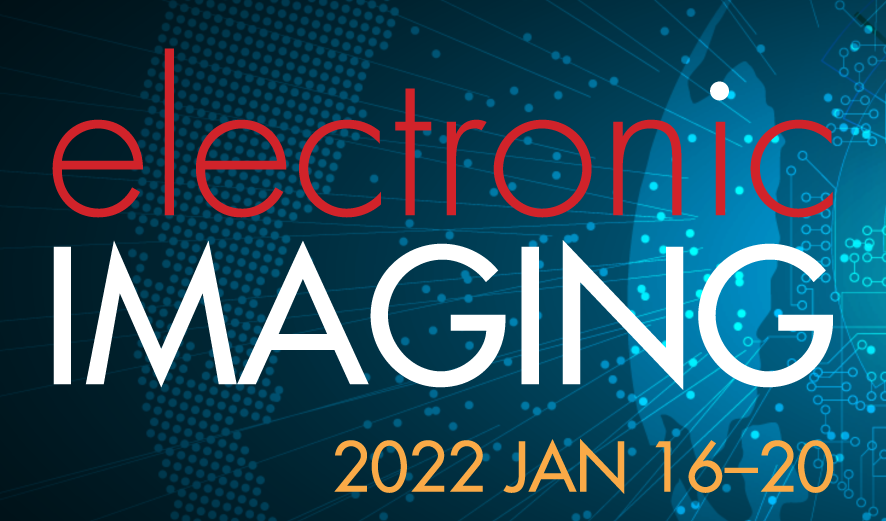
We live in a visual world. The perceived quality of images is of crucial importance in industrial, medical, and entertainment application environments. Developments in camera sensors, image processing, 3D imaging, display technology, and digital printing are enabling new or enhanced possibilities for creating and conveying visual content that informs or entertains. Wireless networks and mobile devices expand the ways to share imagery and autonomous vehicles bring image processing into new aspects of society. The power of imaging rests directly on the visual quality of the images and the performance of the systems that produce them. As the images are generally intended to be viewed by humans, a deep understanding of human visual perception is key to the effective assessment of image quality.

We live in a visual world. The perceived quality of images is of crucial importance in industrial, medical, and entertainment application environments. Developments in camera sensors, image processing, 3D imaging, display technology, and digital printing are enabling new or enhanced possibilities for creating and conveying visual content that informs or entertains. Wireless networks and mobile devices expand the ways to share imagery and autonomous vehicles bring image processing into new aspects of society. The power of imaging rests directly on the visual quality of the images and the performance of the systems that produce them. As the images are generally intended to be viewed by humans, a deep understanding of human visual perception is key to the effective assessment of image quality.


Traditional approach to collect mean opinion score (MOS) values for evaluation of full-reference image quality metrics has two serious drawbacks. The first drawback is a nonlinearity of MOS, only partially compensated by the use of rank order correlation coefficients in a further analysis. The second drawback are limitations on number of distortion types and distortion levels in image database imposed by a maximum allowed time to carry out an experiment. One of the largest of databases used for this purpose, TID2013, has almost reached these limitations, which makes an extension of TID2013 within the boundaries of this approach to be practically unfeasible. In this paper, a novel methodology to collect MOS values, with a possibility to infinitely increase a size of a database by adding new types of distortions, is proposed. For the proposed methodology, MOS values are collected for pairs of distortions, one of them being a signal dependent Gaussian noise. A technique of effective linearization and normalization of MOS is described. Extensive experiments for linearization of MOS values to extend TID2013 database are carried out.